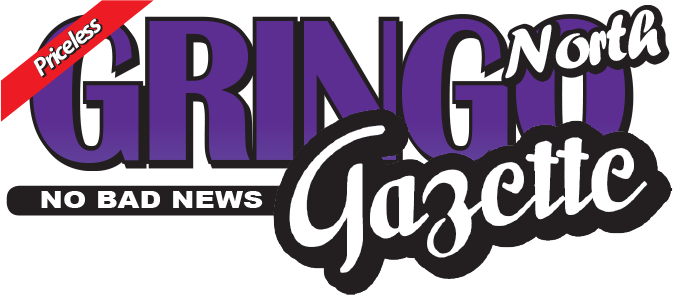Big Brother will be watching you more closely when you enter the US from Mexico. More comprehensive screening technology may be installed at an inspection station near you! Even though cross-border traffic is severely limited, tens of thousands of pedestrians and motor vehicles cross to and from California daily.
Way back in the 1980’s Congress mandated (in US Code 1365b) that the entry and exit of all foreigners be biometrically recorded. They are recording American travelers too. In February, House Bill 5273 (Securing America’s Ports Act) was passed. This bill requires the Department of Homeland Security “to report to Congress a plan to…scan all commercial and passenger vehicles entering the US at a land port of entry using large-scale non-intrusive inspection systems.” DHS would then periodically report to Congress on the progress of implementing the plan, which would eventually be increased to 100% of all vehicular traffic.
The X-ray and Gamma Ray systems currently in use in Tijuana are time-consuming and inefficient. According to Border Now magazine, only 15% of commercial vehicles and 1% of private cars are scanned by these methods.
A pilot biometric program was instituted at the Otay Mesa crossing, primarily to identify foreigners (i.e. Mexicans) who were travelling on expired visas and/or stayed in the United States past their permitted date.
Many airports in North America instituted Biometric Facial Recognition software that automatically matches a person’s face with their passport photo, a process reported to be 97% accurate. However, if one’s appearance has changed, a secondary review is required. When I travelled to Nova Scotia in 2019, the camera was unable to take an acceptable photo of me to match the photo on my passport. Therefore my printed form displayed a blank face. I passed through customs without a second glance from the border patrol officer. So much for security.
A $28.8 million (US) was awarded to Viken Detection, maker of the two X-ray systems being employed at US borders, in October 2019 for the handheld scanner. There was no information on the cost of the under-car X-ray detection units. Jim Ryan, CEO of Viken Detection, states that a combination of these two systems are powerful “in the fight against drugs, human trafficking and terrorism that targets critical infrastructure;” instead of merely relying on camera-based methods and drug-sniffing dogs.
Currently, the United States has installed Osprey X-ray scanners to detect drugs and contraband underneath motor vehicles entering Texas from Mexico. Since this technology has been designed specifically for high-density border crossings it is expected to be implemented at the Tijuana border crossing in the future. While these vehicles are being safely X-rayed, a border patrol agent will be dutifully checking the identification and documentation of all passengers with hand-held devices that are already in use at many US border crossings.
The CBP is not confirming the identification of all of the southern points of entry that will receive one or more of the new screening instruments at this time, but it’s safe to say that one or more of these technological advances will be implemented at the Tijuana crossing in the near future.
Attempts to obtain additional information on the detection systems from Viken Detection were unanswered.
